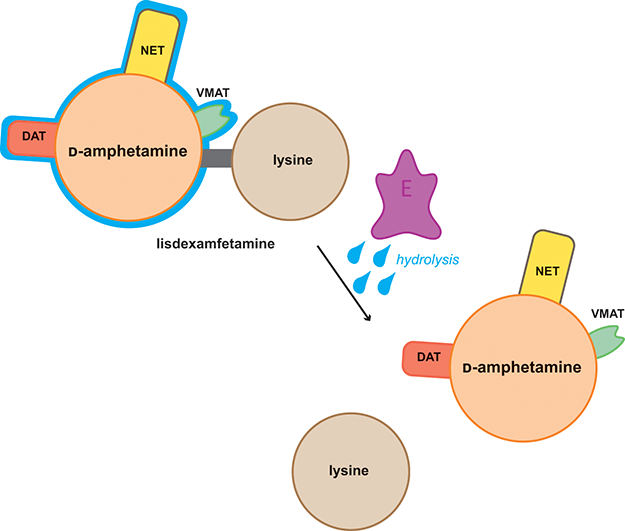Lisdexamfetamine Dimesylate
- Brand Names: Vyvanse, Elvanse.

- Drug Class: Prodrug stimulant.
- Mechanism of Action:
- Lisdexamfetamine is a prodrug of d-amphetamine.
- Activated enzymatically in the bloodstream to d-amphetamine.
- Increases availability of dopamine and norepinephrine in the synaptic cleft.
- Improves executive function, attention, and impulse control.
Indications
- Requires enzymatic conversion for activation, reducing potential for abuse.
- Extended-release formulation provides sustained symptom control over 12-14 hours.
Dosage and Administration
Login to Read More
-
Details
You don't have permission to copy the content.

